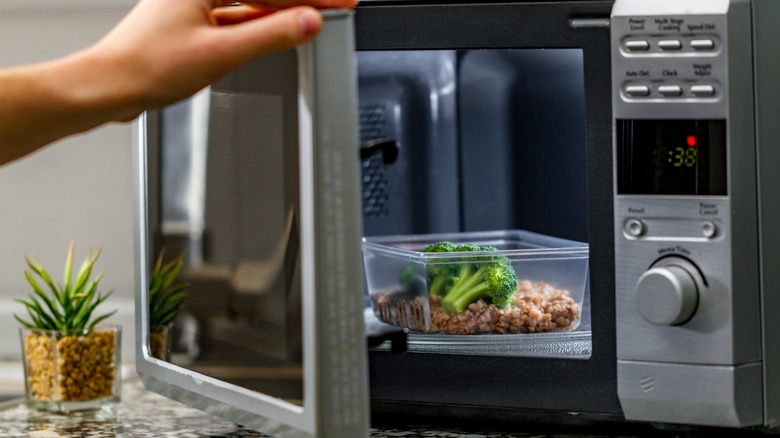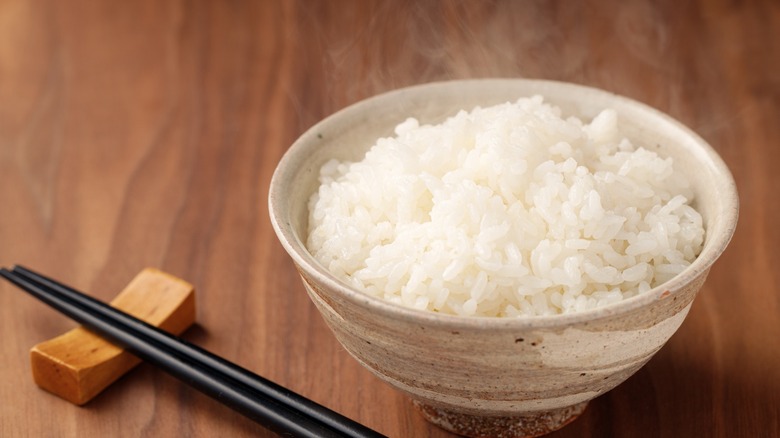Why Size Always Matters When Reheating Food
Reheating leftovers may seem simple, but it requires a delicate balance to ensure yesterday's meal is brought back to life in the safest and most appetizing way possible. One crucial yet often overlooked element in this process is the size and density of the pieces of food we intend to reheat. To achieve optimal results, they should be of similar size and density.
Whether you're using a microwave or oven, similar-sized pieces will reheat at a uniform rate because the heat source can penetrate more consistently. If not, you'll notice that some parts of the food heat up faster than others. Smaller pieces may end up overcooked or dried out, while larger ones may remain cold in the center, creating an unpleasant eating experience.
Another critical reason is food safety. By ensuring that food items are of similar size and density, you're more likely to achieve a consistent internal temperature of at least 165 F, as the U.S. Department of Agriculture recommends, which is essential for killing most harmful bacteria. But aside from a consistent size, there are other valuable tips to ensure the reheating process is both successful and safe.
More tips for properly reheating food
Firstly, choose your reheating method wisely. For dishes that are naturally moist, such as soups, stews, and saucy pasta, reheating them in the microwave or on the stovetop is typically most effective. This helps retain the dish's moisture content, preventing it from drying out. Conversely, for foods meant to be crispy, such as roasted vegetables or fried chicken, using an oven or air fryer to reheat them is usually ideal since it helps preserve the texture and avoid dreaded sogginess. If you aren't sure which to pick, reheat using the method you used to cook the food initially.
Timing and heating temperature are equally crucial. Avoid overheating by setting an appropriate temperature and time on your appliance. If you're uncertain, it's better to start with a lower setting, checking and adjusting as necessary. Lastly, stir the food periodically if possible. Especially for liquid-based foods like soups or sauces, stirring is a helpful tactic to ensure that heat is evenly dispersed, contributing to both the taste and safety of the reheated dish. In practicing these tips, you'll not only enhance the flavor and appeal of your leftovers but also ensure that they are safe to consume.

